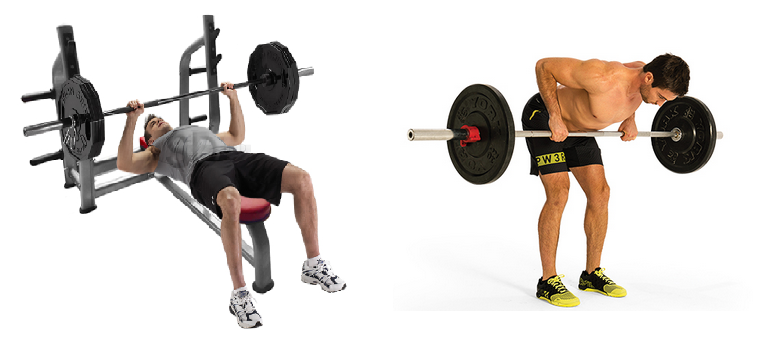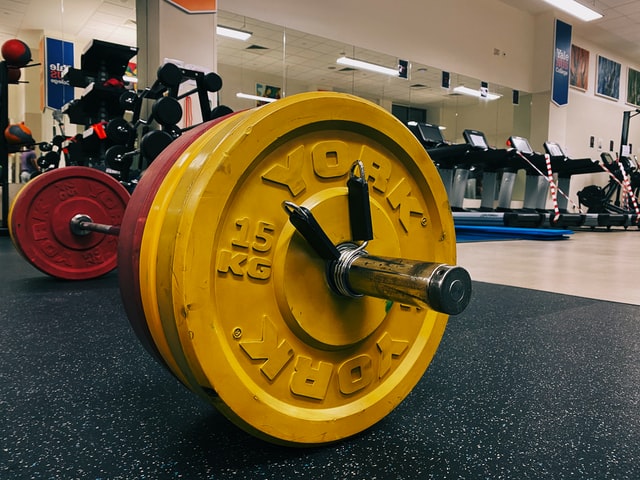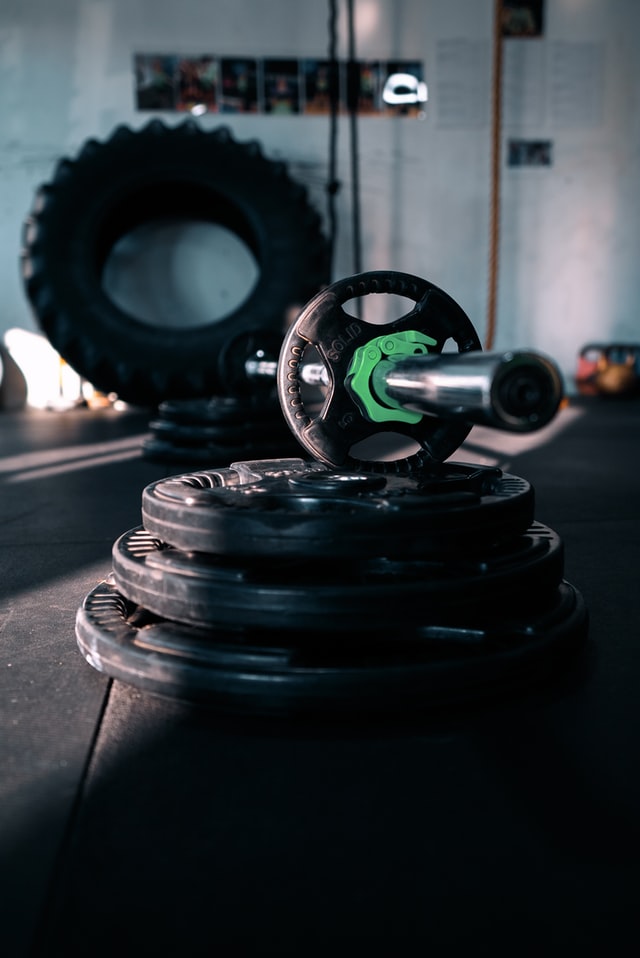Training protocols that work
If you don’t already know Fitenium is a free, mobile, video-based social network for athletes who train strength or bodyweight exercises. At Fitenium users can follow their performance, compete and get discounts in nutrition and sports equipment stores. Download it here.
Advanced training protocols are used to increase training intensity, improve muscular endurance and prevent plateaus in our progression. These types of workouts can also increase fat loss since they often involve very short rest periods. These protocols that work are very intense, so you have to use them wisely. Overuse can lead to overtraining.
Another advantage of most of these protocols is that by reducing rest times, routines can be completed in a relatively quick time. Many of these protocols have been duly studied and the benefits of such training are demonstrated by studies by recognized professionals in the sector such as Brad Schoenfeld.
Without further ado, here are 5 training protocols that work:
Drop Sets o Series Descendentes
This method consists of performing a series in which, after reaching failure or the technique deteriorates, we reduce the weight by 10%-15% and perform another series with this new reduced weight until we reach or approach failure and return to repeat the process. We can do descending series until we want, although the usual thing is to do two or three descending series.
An example would be:
- 1 series of Biceps Curl with Pulley at 10 repetitions with 40 kilos.
- Rest 60-90 seconds
- 1 series of Biceps Curl with Pulley at 10 repetitions with 40 kilos.
- Rest 60-90 seconds
- 1 series of Biceps Curl with Pulley at 10 repetitions with 40 kilos.
- Rest 60-90 seconds
- 1 set of Pulley Biceps Curl to failure or technique deteriorates at 40kg.
- 1 set of Pulley Biceps Curl to failure or technique deteriorates at 70lbs.
- 1 set of Pulley Biceps Curl to failure or technique deteriorates at 30kg.
- 1 set of Pulley Biceps Curl to failure or technique deteriorates at 50lbs.
There are some studies that indicate that Drop Sets are more efficient than traditional training, however other studies have found no differences.
Advantages:
- High efficiency in time.
- High intensity.
- Ideal for isolation exercises.
- Very effective in hypertrophy phases.
Disadvantages:
- High fatigue that can compromise future sessions.
- Danger of injury if applied in multi-joint exercises.
Clusters
Roughly clustering is dividing a series into sub-series with very short rest times between said sub-series. The rest time is usually between 10-20 seconds, since if we spend a lot of time resting we would already be doing a normal series but less intense. These small breaks allow us to recover ATP and phosphocreatine, being able to train with better speed and technique throughout the training.
An example of a cluster would be:
- We want to do 2 sets of 12 reps of the squat and we normally work at 65% of 1RM. We are going to divide the series into 4 subseries of 4 repetitions, which allows us to raise the load to 80% of our 1RM.
- Subset 1.1 of 4 repetitions at 80% of the 1RM
- rest 15 seconds
- Subset 1.2 of 4 repetitions at 80% of 1RM
- rest 15 seconds
- Subset 1.3 of 4 repetitions at 80% of 1RM
- rest 15 seconds
- Subset 1.4 of 4 repetitions at 80% of 1RM
- Rest 120-150 seconds.
- Subset 2.1 of 4 repetitions at 80% of the 1RM
- rest 15 seconds
- Subset 2.2 of 4 repetitions at 80% of 1RM
- rest 15 seconds
- Subset 2.3 of 4 repetitions at 80% of 1RM
- rest 15 seconds
- Subset 2.4 of 4 repetitions at 80% of 1RM
Cluster training per se does not offer any improvement compared to a traditional approach for the same weekly volume, based on scientific evidence. However, what makes us include Clusters among the training protocols that work is that we can increase the training volume without lowering the intensity, so we can make more progress as long as we do not exceed our maximum recovery.
Advantages:
- Greater volume with the same intensity.
- Greater care of the technique for recovery between subseries.
- Perfect for multi-joint movements.
Disadvantages:
- Lots of total training time.
- If we abuse the volume, it can cause recovery problems between sessions.
Superseries
Compared to previous training protocols that work, which play up the volume or intensity of a single exercise, supersets consist of adding another exercise right after finishing a set to adjust the volume that the muscle receives through different exercises. There are two types of supersets: agonist and antagonist.
The agonist supersets seek to avoid that in a compound exercise the smaller muscles fatigue before the larger ones, limiting the work of the latter. For this reason, one set of a compound exercise is usually performed until reaching near failure and, without rest, one set of an exercise that isolates the large muscle so that both the large and small muscles are similarly fatigued.
An example would be:
- Set of Barbell Bench Press until technique deteriorates. In this case the triceps will have fatigued before the back.
- Series of openings with the pulley until the technique deteriorates, to isolate the pectoral and finish tiring it.
- Rest 120 seconds.
- Set of Barbell Bench Press until technique deteriorates. In this case the triceps will have fatigued before the back.
- Series of openings with the pulley until the technique deteriorates, to isolate the pectoral and finish tiring it.
On the other hand, antagonistic supersets attack opposite muscle groups, such as pectoral – back, biceps – triceps and other combinations. It is very efficient, especially during rest time, since when one group works the other rests, there is even talk of reciprocal inhibition, some studies indicate that the muscle recovers more when its antagonist works than when it simply rests.

An example would be:
- Biceps Curl Series.
- Serie de Press Francs.
- Rest 60 seconds.
- Biceps Curl Series.
- Serie de Press Francs.
Advantages:
- Save a lot of time.
- Raise our metabolism.
- It is used for compound and isolation exercises.
Disadvantages:
- Need to “save” material in the gym.
- Sometimes there are no clear antagonists.
Rest Pause
This method is a kind of mix between two other training protocols that work; clusters and descending series. In this case we will go to failure as in the descending series, but with small rest periods as in the clusters. The science behind this method is that the reps that really make you gain muscle mass are the ones close to failure, so the idea of this method is that every subset you do will reach failure or single failure.
An example would be:
- Squat series until the technique deteriorates, for example 10 repetitions.
- Rest 10 seconds.
- Squat set until technique deteriorates, now up to 5 reps.
- Rest 10 seconds.
- Squat set until technique deteriorates, now up to 3 reps.
- Rest 10 seconds.
- Squat series until the technique deteriorates, now 1 single repetition.
There are some studies that indicate that comparing a traditional training and another focused with rest-pause with similar volume, and not too many differences in hypertrophy or strength were observed.
Advantages:
- Very time efficient.
- Volume increase.
Disadvantages:
- Possible recovery problems between sessions.
- Problems with technique when training always close to failure.
Giant Series
The giant series is another of the training protocols that work, which is based on working a muscle from all possible angles, with a combination of exercises executed one after the other without rest until the circuit is finished. Normally it consists of 4 or 5 exercises per muscle, but it can also be 3 if the muscle is smaller or even 6 in very large muscles.
An example of a giant set for pectoral:
- A set of plano bank presses with bar.
- One set of incline dumbbell bench presses.
- A series of decline push-ups.
- A series of pulley openings.
- We rest 120-150 seconds and start the circuit.
Advantages:
- Very efficient in time.
- Raise our metabolism.
- Sending blood to our muscles.
Disadvantages:
- The intensity in the series is reduced.
- Difficult to recover.
conclusions
From time to time it is interesting to try protocols that work to get out of a stagnation or simply to try other things that work when it comes to gaining muscle mass or strength in the gym. However, we cannot forget that the basis for progress continues to be a good diet, progressive overload in the exercises and, above all, perseverance.














